Home>Gardening & Outdoor>Landscaping Ideas>What Do Grass Cells Look Like
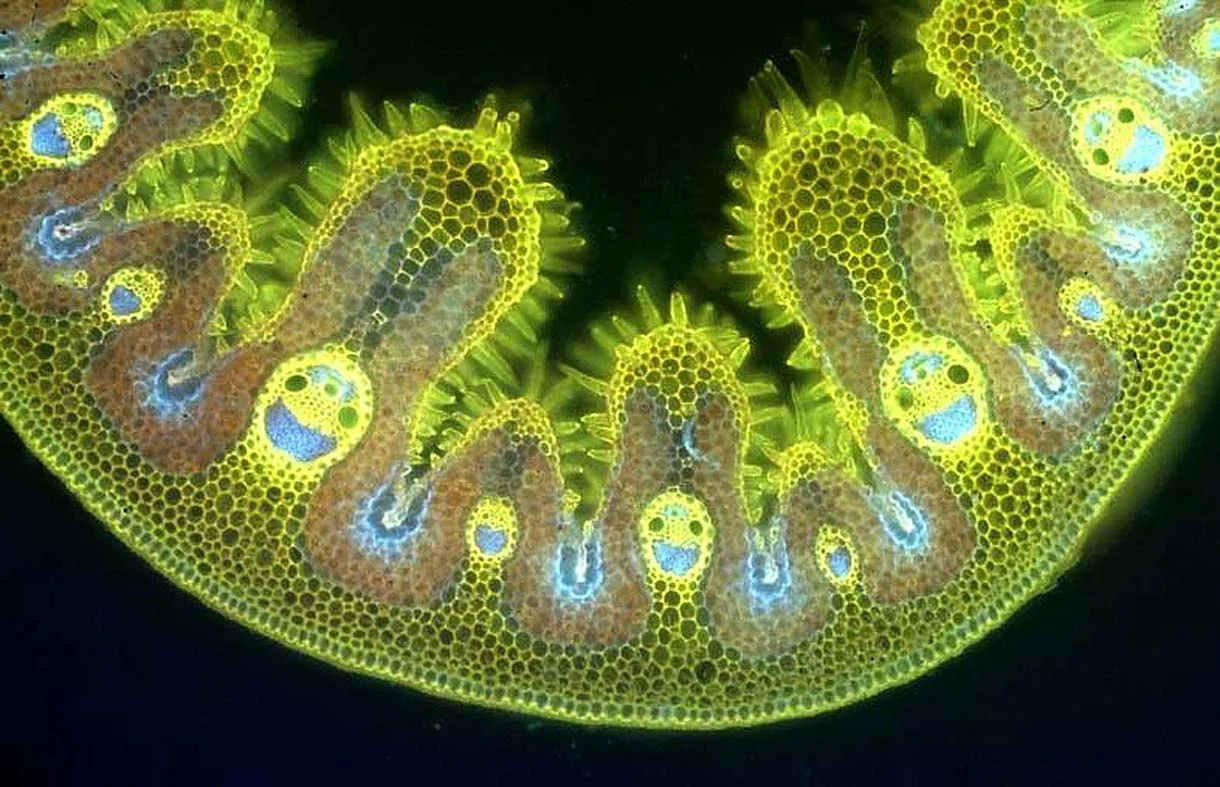

Landscaping Ideas
What Do Grass Cells Look Like
Published: January 30, 2024
Discover the fascinating structure of grass cells and get inspired with landscaping ideas to enhance your outdoor space. Explore the unique beauty of grass cells and find creative landscaping ideas for your home.
(Many of the links in this article redirect to a specific reviewed product. Your purchase of these products through affiliate links helps to generate commission for Storables.com, at no extra cost. Learn more)
Introduction
Grass, a ubiquitous and versatile plant, is a fundamental component of many landscapes. Its lush greenery and soft texture make it a popular choice for lawns, parks, and sports fields. However, have you ever wondered what lies beneath the surface of these vibrant blades of grass? The answer lies in the intricate world of grass cells.
In this article, we will delve into the fascinating realm of grass cells, exploring their structure, components, and functions. By gaining insight into the inner workings of these cells, we can develop a deeper appreciation for the resilience and vitality of grass, as well as a better understanding of how to nurture and maintain it. Let's embark on a captivating journey to uncover the mysteries of grass cells and gain a newfound admiration for the humble yet extraordinary grass that adorns our surroundings.
Key Takeaways:
- Grass cells have a complex structure with a cell wall, nucleus, and chloroplasts. These components work together to help grass thrive in different environments and carry out essential functions like photosynthesis.
- The functions of grass cells, including photosynthesis and maintaining structural integrity, enable grass to grow and adapt to its surroundings. Understanding these processes helps us appreciate the resilience and vitality of grass.
Read more: What Do Grass Chiggers Look Like
Structure of Grass Cells
At first glance, the lush expanse of a grassy field may appear uniform, but a closer look reveals the remarkable complexity of the individual grass cells that form this verdant tapestry. The cells that comprise grass exhibit a distinctive structure that contributes to the plant’s resilience and ability to thrive in diverse environments.
Grass cells, like all plant cells, are encased by a rigid cell wall, providing structural support and protection. This outer layer is composed primarily of cellulose, a sturdy polysaccharide that lends strength to the cell. Within this protective barrier, the cytoplasm, a gel-like substance, houses the cell’s organelles and serves as the site for essential biochemical processes.
The nucleus, often referred to as the “control center” of the cell, contains the genetic material that governs the cell’s functions and characteristics. Additionally, grass cells feature chloroplasts, the organelles responsible for photosynthesis. These chlorophyll-containing structures harness sunlight to produce energy, enabling the grass to thrive and flourish.
Furthermore, the vacuole, a large fluid-filled organelle, plays a crucial role in maintaining turgor pressure within the cell, contributing to the rigidity and structure of the grass. The intricate network of structures within grass cells reflects the plant’s remarkable adaptability and resilience, allowing it to thrive in a variety of conditions, from lush meadows to arid landscapes.
Components of Grass Cells
Within the microcosm of a grass cell, a myriad of components collaborates harmoniously to sustain the plant’s vitality and functionality. These components, ranging from organelles to specialized molecules, are instrumental in the cell’s ability to carry out essential processes, adapt to environmental stimuli, and thrive in diverse habitats.
One of the key components of grass cells is the cell wall, a rigid structure that provides support and protection. Composed primarily of cellulose, hemicellulose, and lignin, the cell wall confers strength and resilience, enabling grass to withstand environmental pressures and maintain its structural integrity.
Chloroplasts, the cellular organelles responsible for photosynthesis, are another vital component of grass cells. These chlorophyll-containing structures capture sunlight and convert it into chemical energy, facilitating the synthesis of glucose and other essential compounds that sustain the plant’s growth and metabolism.
Additionally, the vacuole, a large fluid-filled organelle, plays a pivotal role in regulating turgor pressure within the cell. By storing water, nutrients, and waste products, the vacuole contributes to the maintenance of cellular rigidity and the regulation of essential cellular processes.
Furthermore, the nucleus, the command center of the cell, houses the plant’s genetic material and orchestrates the expression of genes essential for growth, development, and response to environmental cues. The intricate interplay of these components within grass cells exemplifies the plant’s remarkable adaptability and resilience, allowing it to thrive in a variety of habitats and ecological niches.
Grass cells are typically rectangular in shape and contain chloroplasts, which give them their green color. Under a microscope, you can see the cell walls and the central vacuole that stores water and nutrients.
Functions of Grass Cells
Within the verdant blades of grass, the individual cells perform a multitude of vital functions that collectively sustain the plant’s growth, resilience, and ability to thrive in diverse environments. These functions, orchestrated by a diverse array of cellular components, enable grass to harness energy, maintain structural integrity, and respond to environmental stimuli.
One of the primary functions of grass cells is photosynthesis, facilitated by the chloroplasts within the cells. Through the intricate process of photosynthesis, these cellular organelles capture sunlight and convert it into chemical energy, producing glucose and oxygen. This energy serves as the foundation for the plant’s growth, providing the necessary resources for cellular metabolism and the synthesis of essential compounds.
Additionally, the cell wall, a defining feature of grass cells, plays a crucial role in providing structural support and protection. By conferring rigidity and resilience, the cell wall enables grass to withstand environmental pressures, maintain its shape, and resist physical stresses, contributing to the plant’s overall robustness.
The vacuole, another essential component of grass cells, contributes to the regulation of turgor pressure and the storage of water, nutrients, and waste products. This organelle plays a pivotal role in maintaining cellular rigidity, managing osmotic balance, and storing essential resources, thereby supporting the plant’s physiological processes and response to environmental fluctuations.
Furthermore, the nucleus, housing the plant’s genetic material, governs the expression of genes that dictate the plant’s growth, development, and response to environmental cues. By orchestrating gene expression and regulating cellular processes, the nucleus plays a central role in shaping the plant’s adaptive responses and resilience in dynamic ecological settings.
The multifaceted functions of grass cells, encompassing photosynthesis, structural support, osmoregulation, and genetic regulation, collectively underpin the plant’s capacity to thrive and endure in a diverse range of habitats, from sun-drenched meadows to temperate woodlands.
Conclusion
As we conclude our exploration of grass cells, we emerge with a profound appreciation for the intricate and dynamic world that exists within these unassuming botanical entities. The structure, components, and functions of grass cells collectively contribute to the plant’s resilience, adaptability, and vitality, enabling it to thrive in a myriad of environments and serve as a cornerstone of diverse ecosystems.
By unraveling the inner workings of grass cells, we gain insight into the plant’s remarkable ability to harness energy, maintain structural integrity, and respond to environmental cues. The chloroplasts, nestled within the cells, serve as the powerhouse of photosynthesis, generating the energy that sustains the plant’s growth and metabolic processes. The cell wall, composed of sturdy materials such as cellulose, provides the necessary support and protection, fortifying the grass against environmental pressures and physical stresses.
Furthermore, the vacuole, a pivotal component of grass cells, regulates turgor pressure and facilitates the storage of essential resources, contributing to the plant’s resilience and adaptability. The nucleus, housing the genetic blueprint of the plant, orchestrates the expression of genes that shape the plant’s response to environmental stimuli, guiding its growth, development, and adaptive strategies.
As we contemplate the profound intricacies of grass cells, we gain a deeper understanding of the resilience and vitality that characterize this ubiquitous plant. Whether carpeting expansive meadows or adorning manicured lawns, grass stands as a testament to nature’s ingenuity and adaptability, with its cellular constituents serving as the building blocks of its enduring success.
Armed with this newfound insight, we can cultivate a deeper reverence for the unassuming yet extraordinary grass that graces our surroundings, recognizing the intricate dance of cellular processes that underpin its verdant allure. As we tread upon lush grassy expanses, let us pause to marvel at the remarkable world that thrives beneath our feet, a world teeming with vitality, resilience, and a profound interconnectedness that sustains the tapestry of life.
Frequently Asked Questions about What Do Grass Cells Look Like
Was this page helpful?
At Storables.com, we guarantee accurate and reliable information. Our content, validated by Expert Board Contributors, is crafted following stringent Editorial Policies. We're committed to providing you with well-researched, expert-backed insights for all your informational needs.
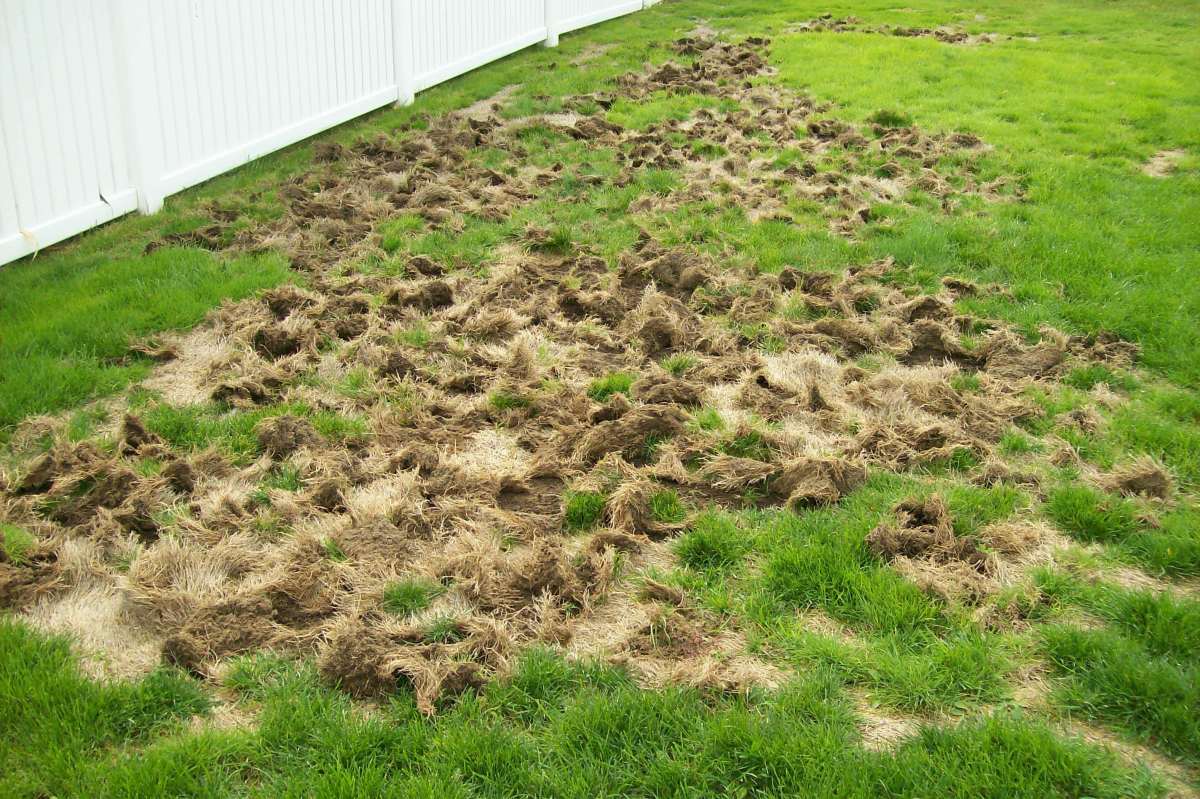
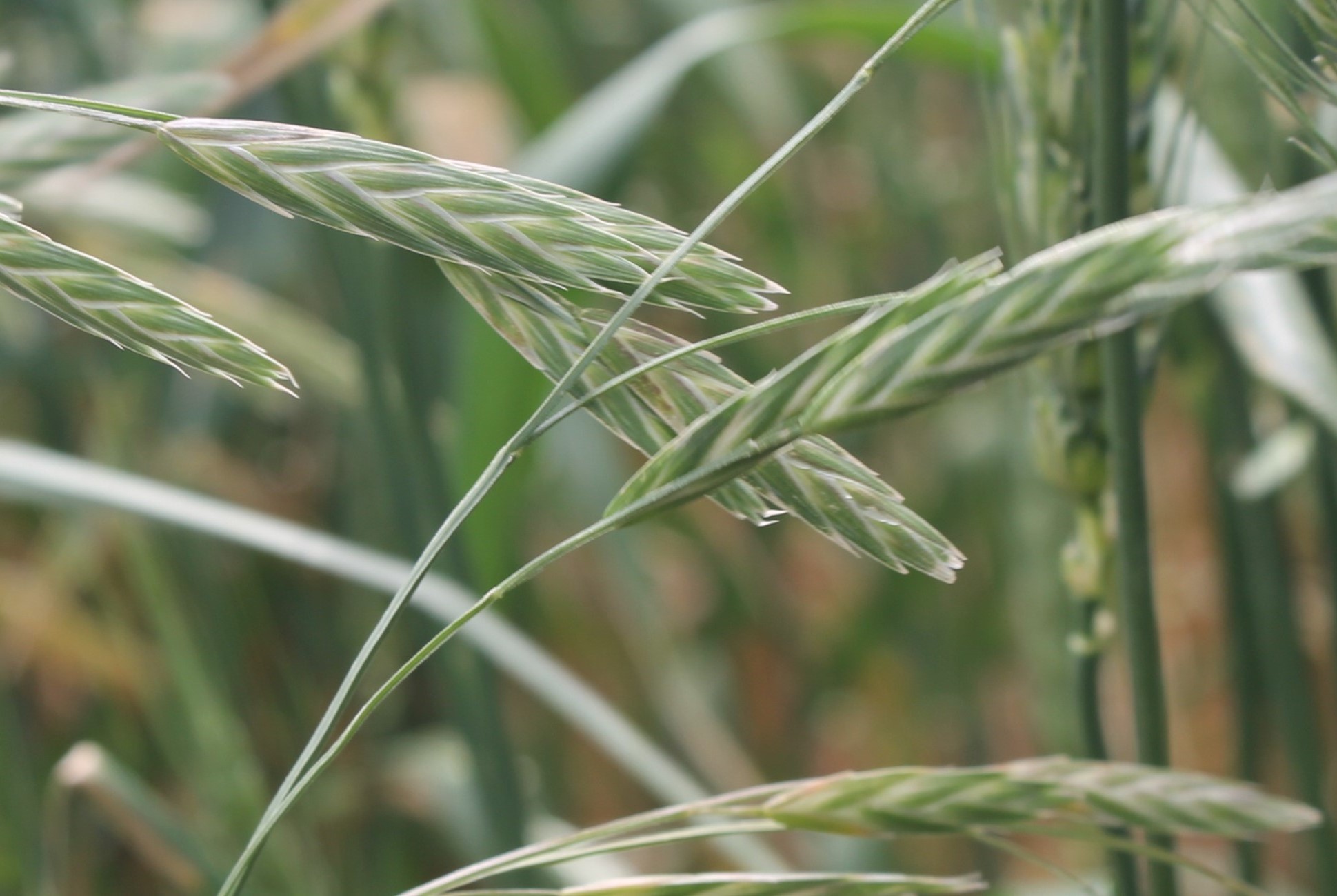
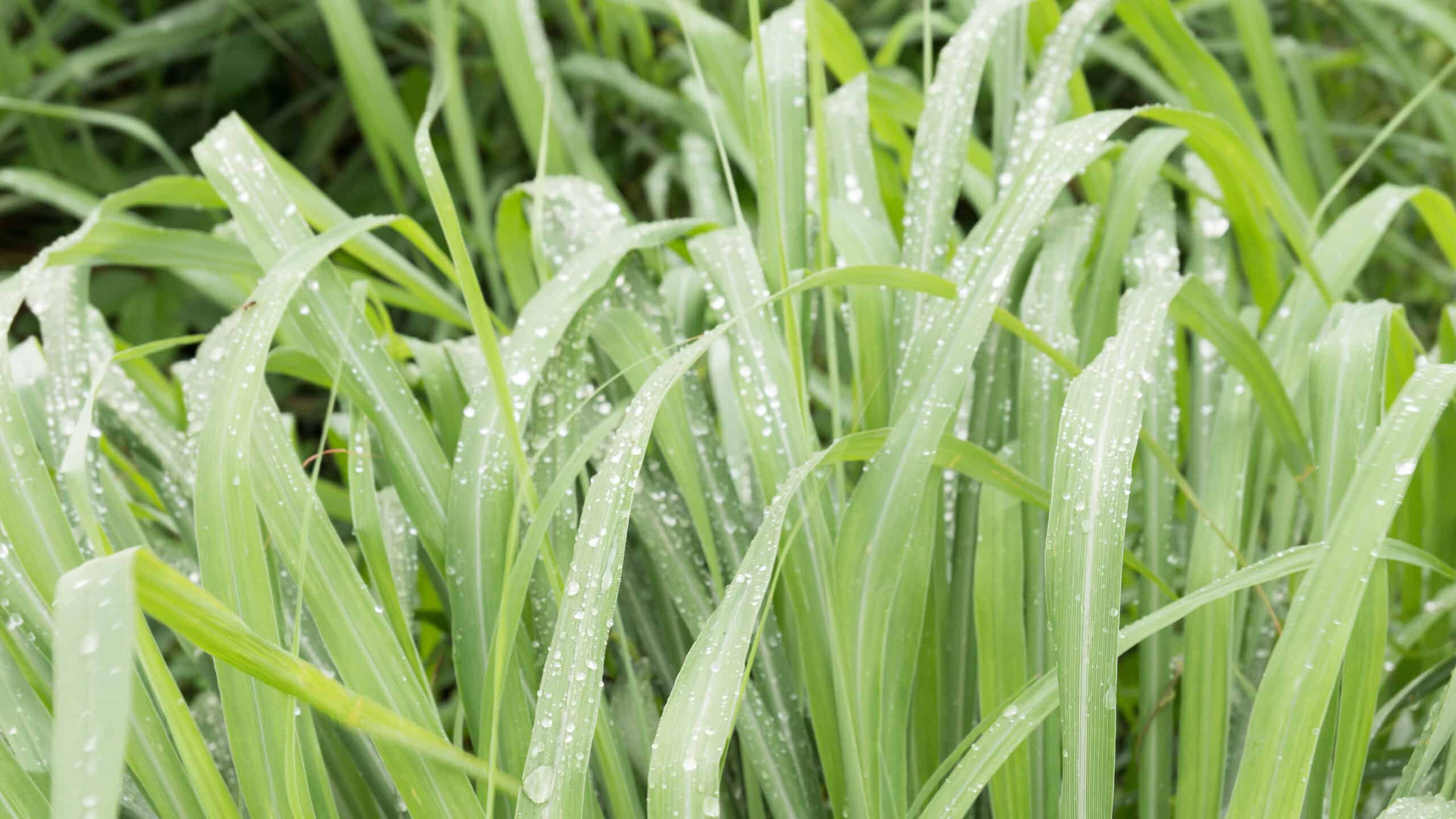
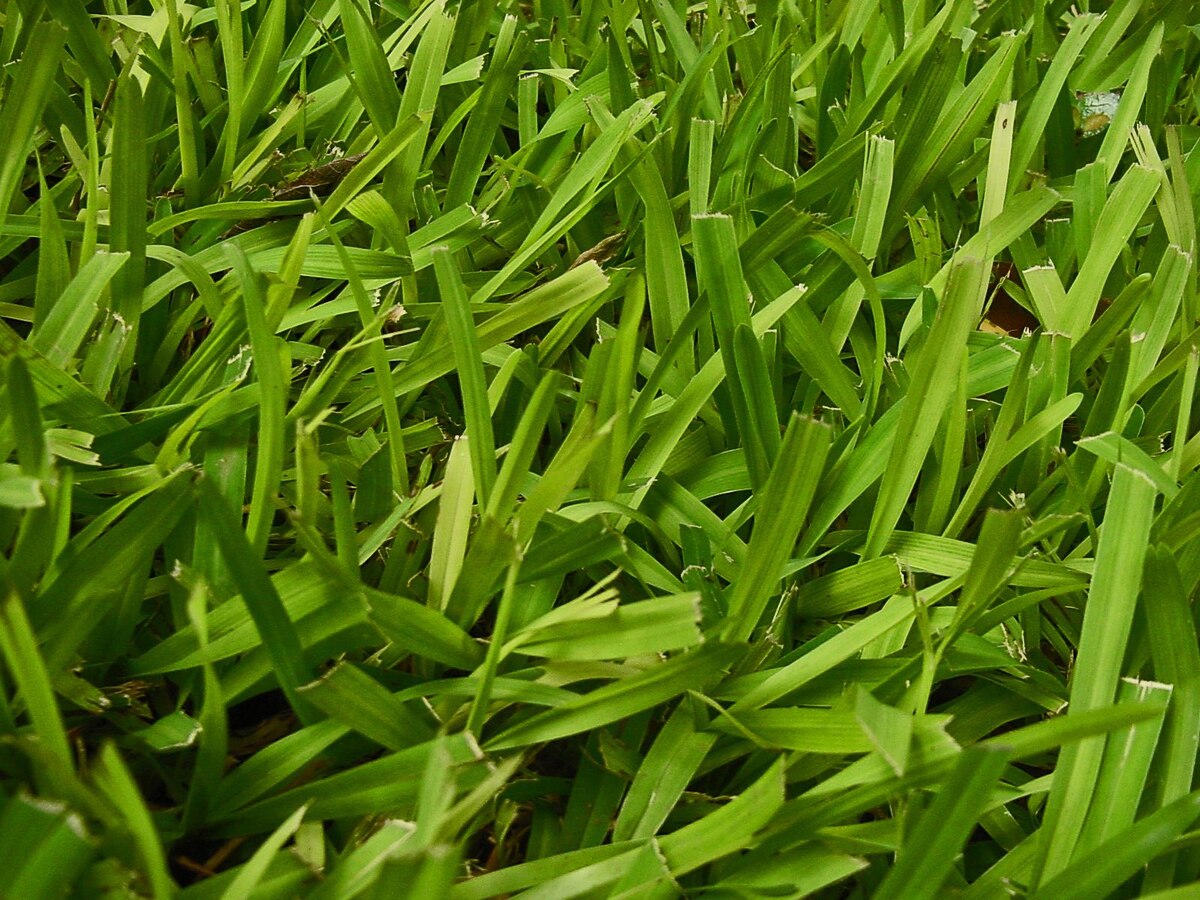
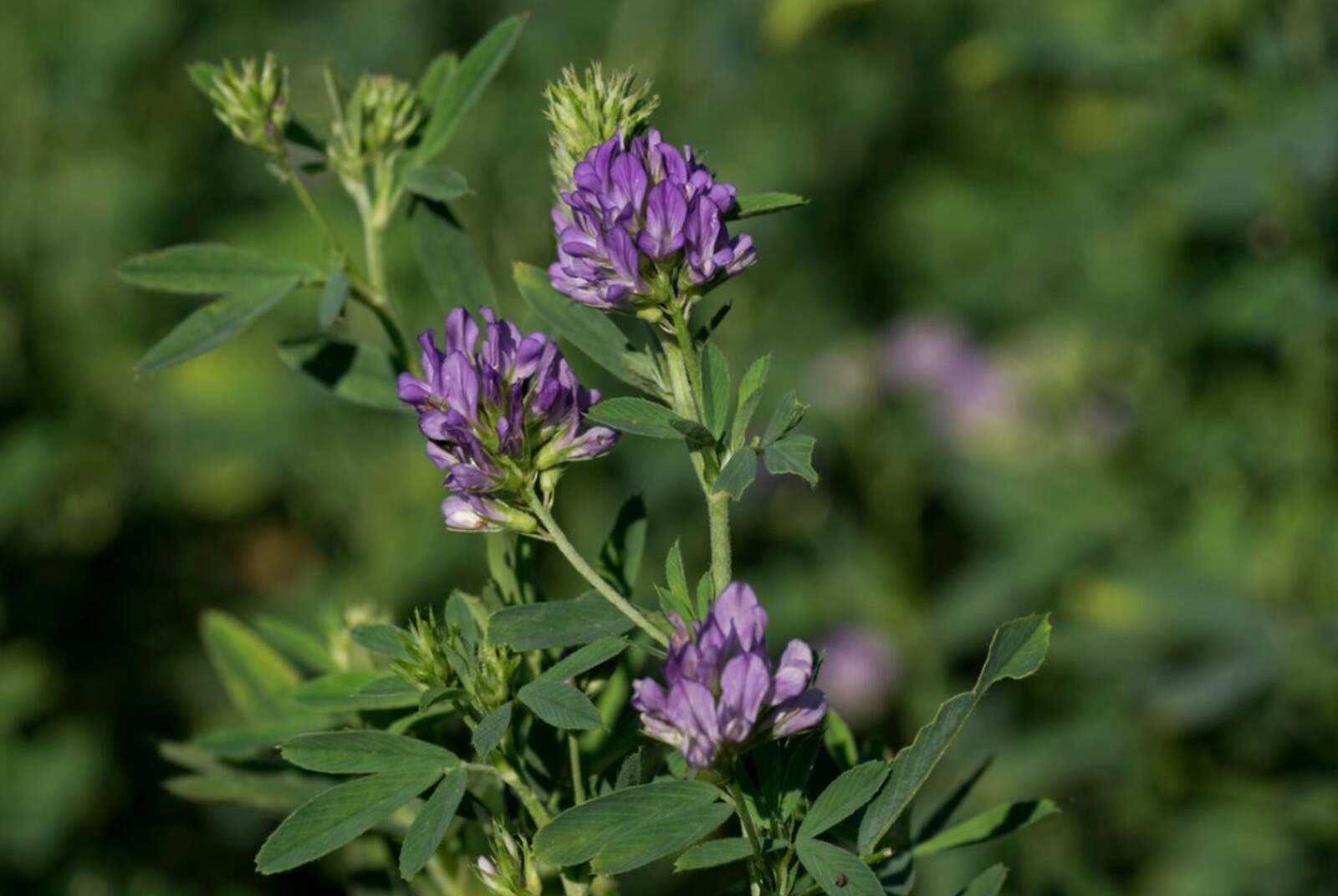
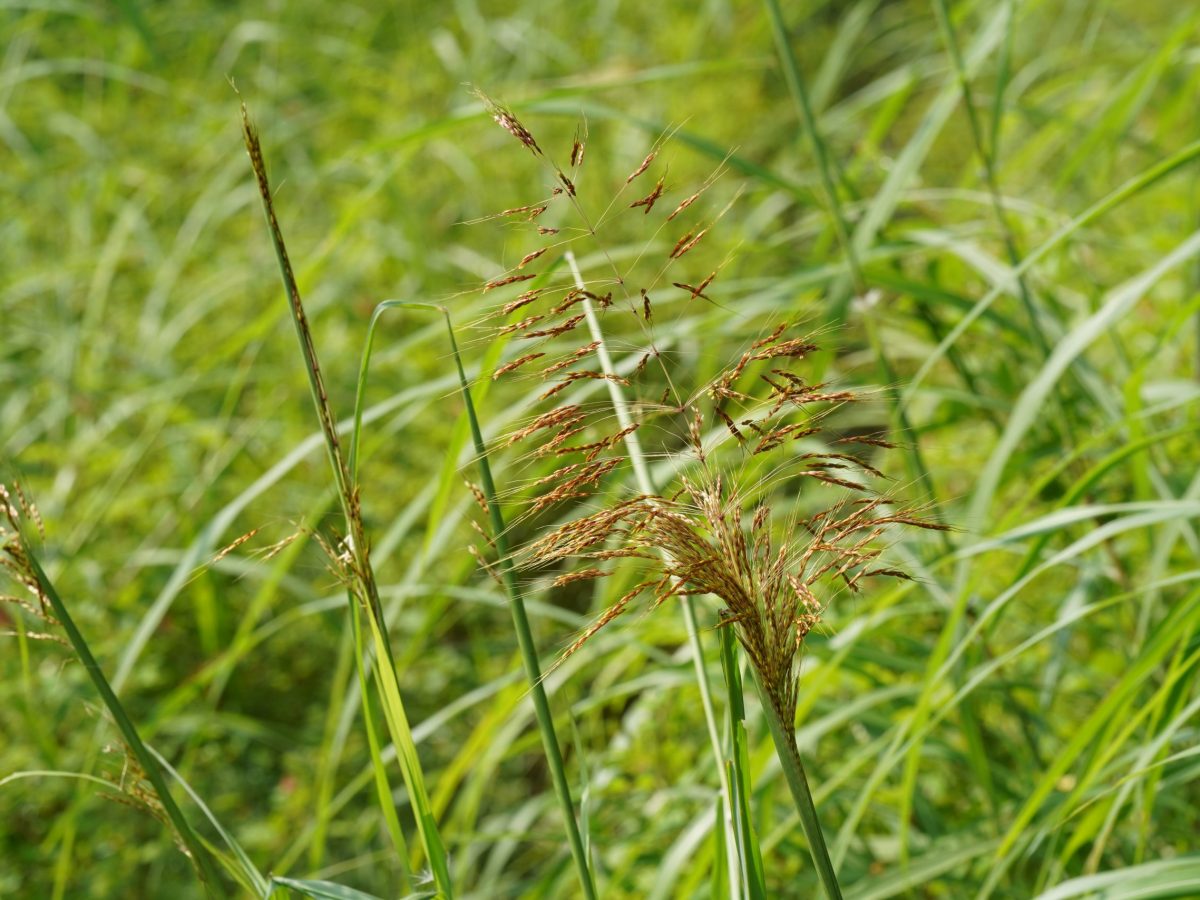
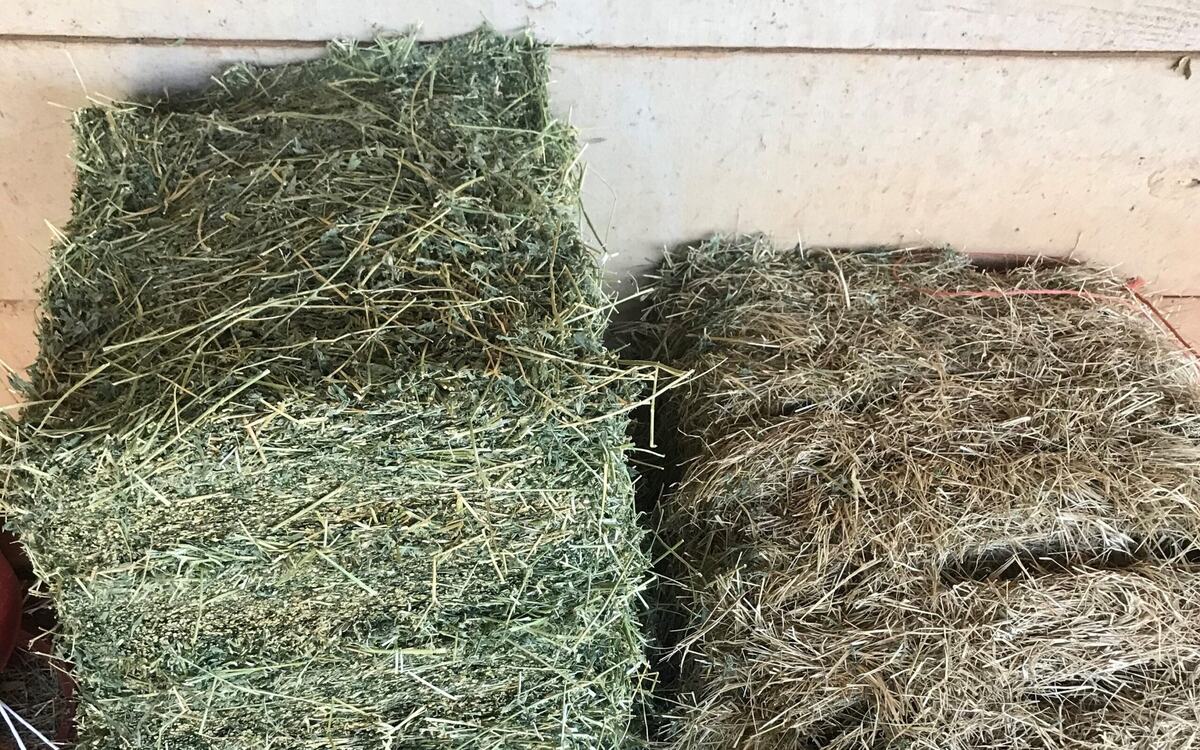
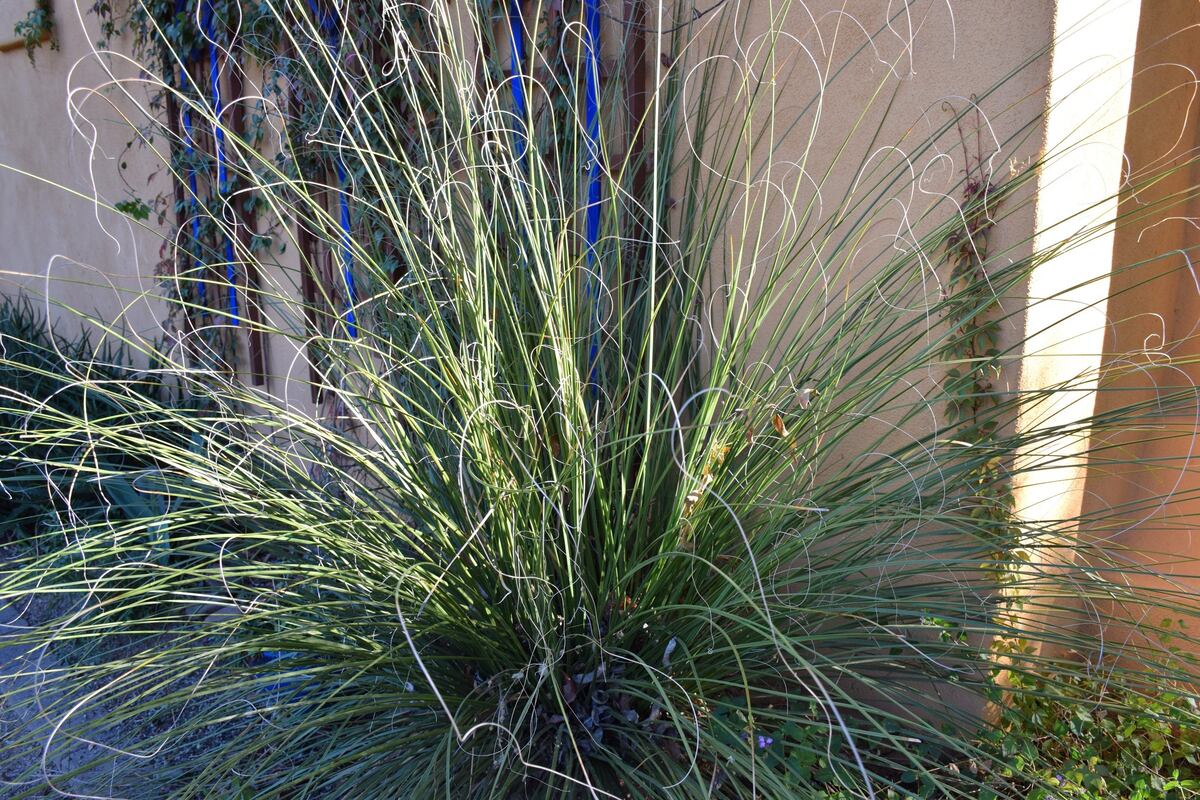
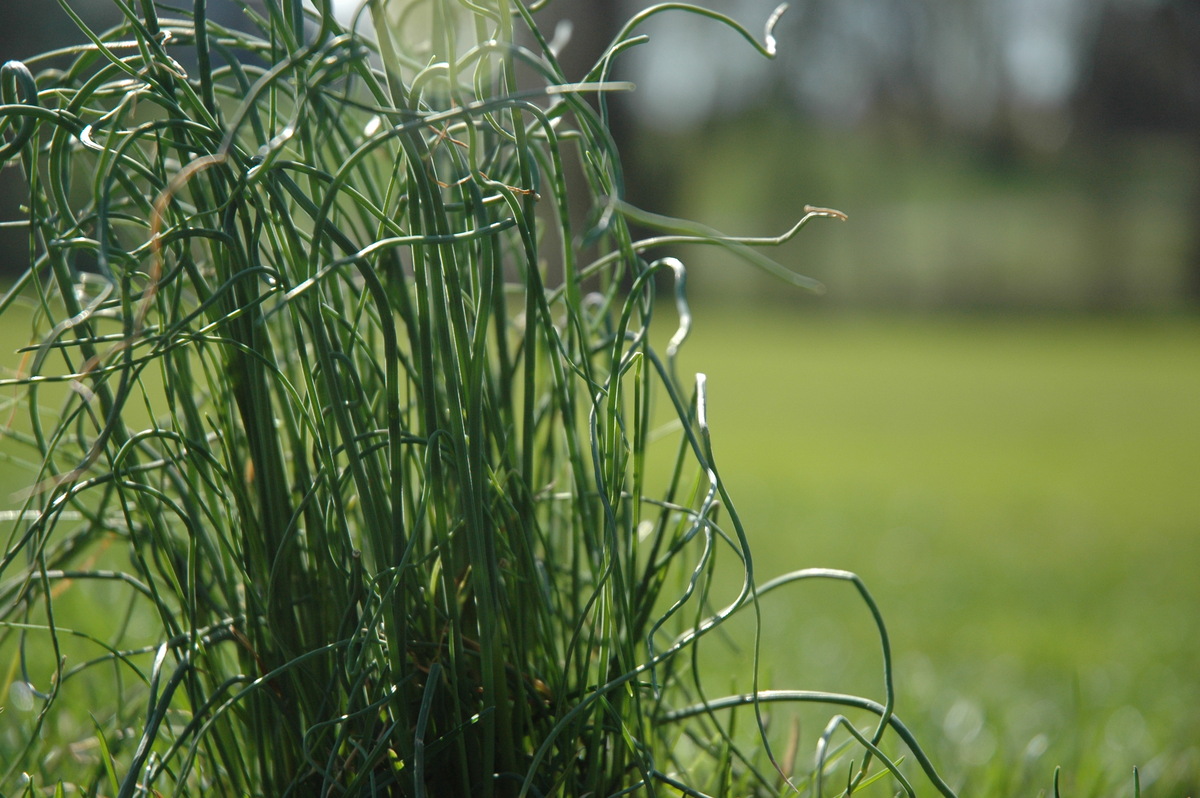

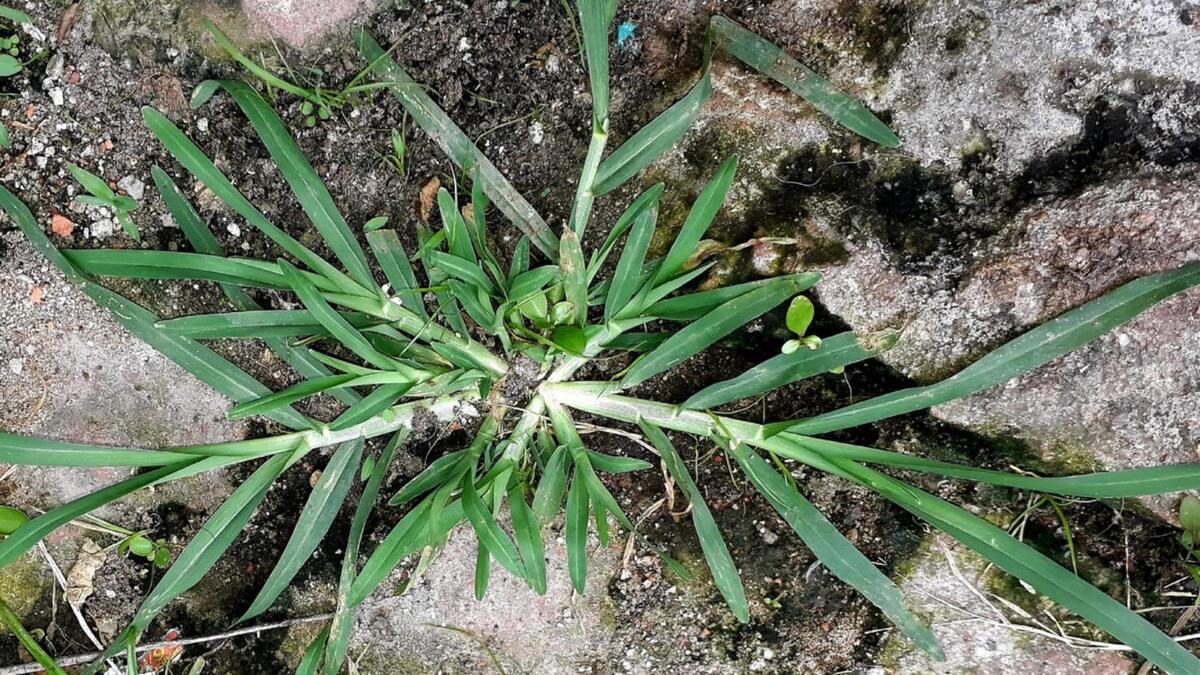

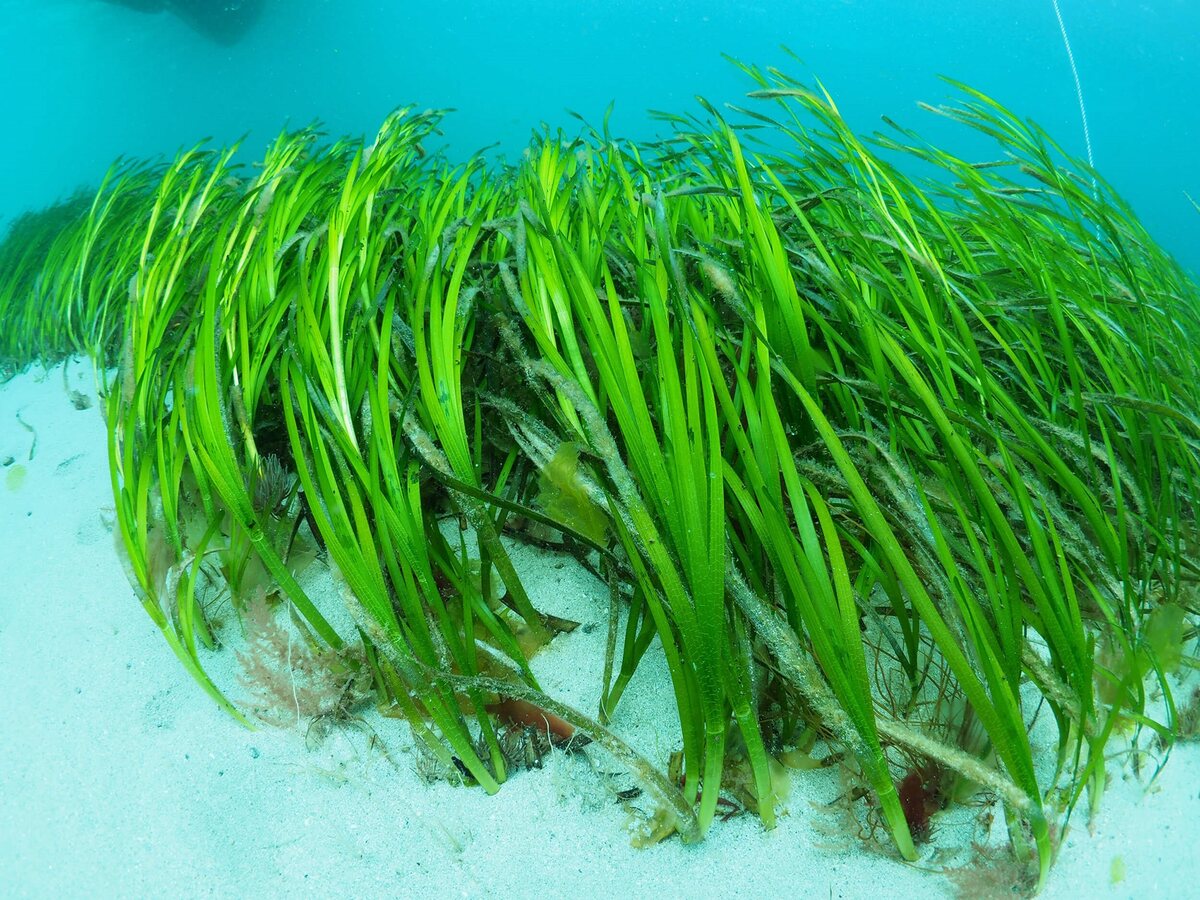
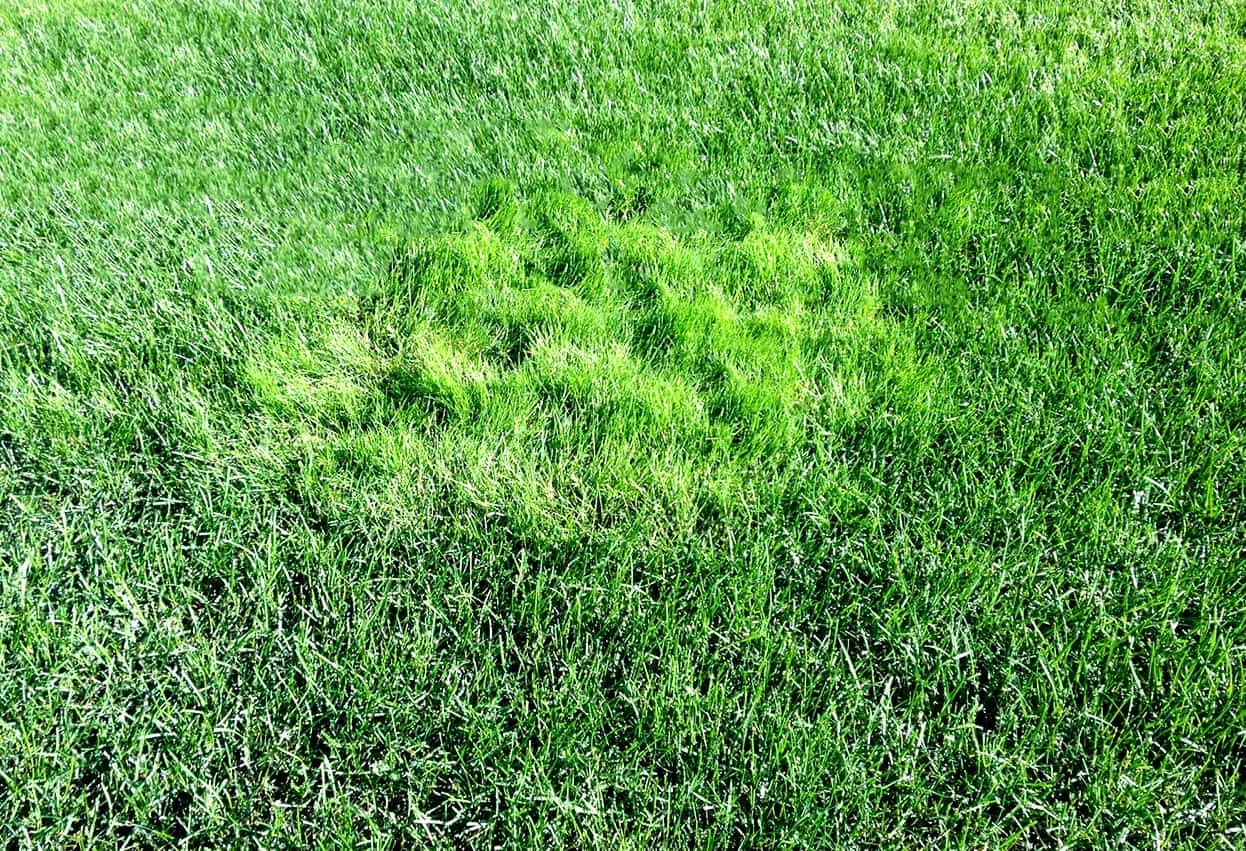
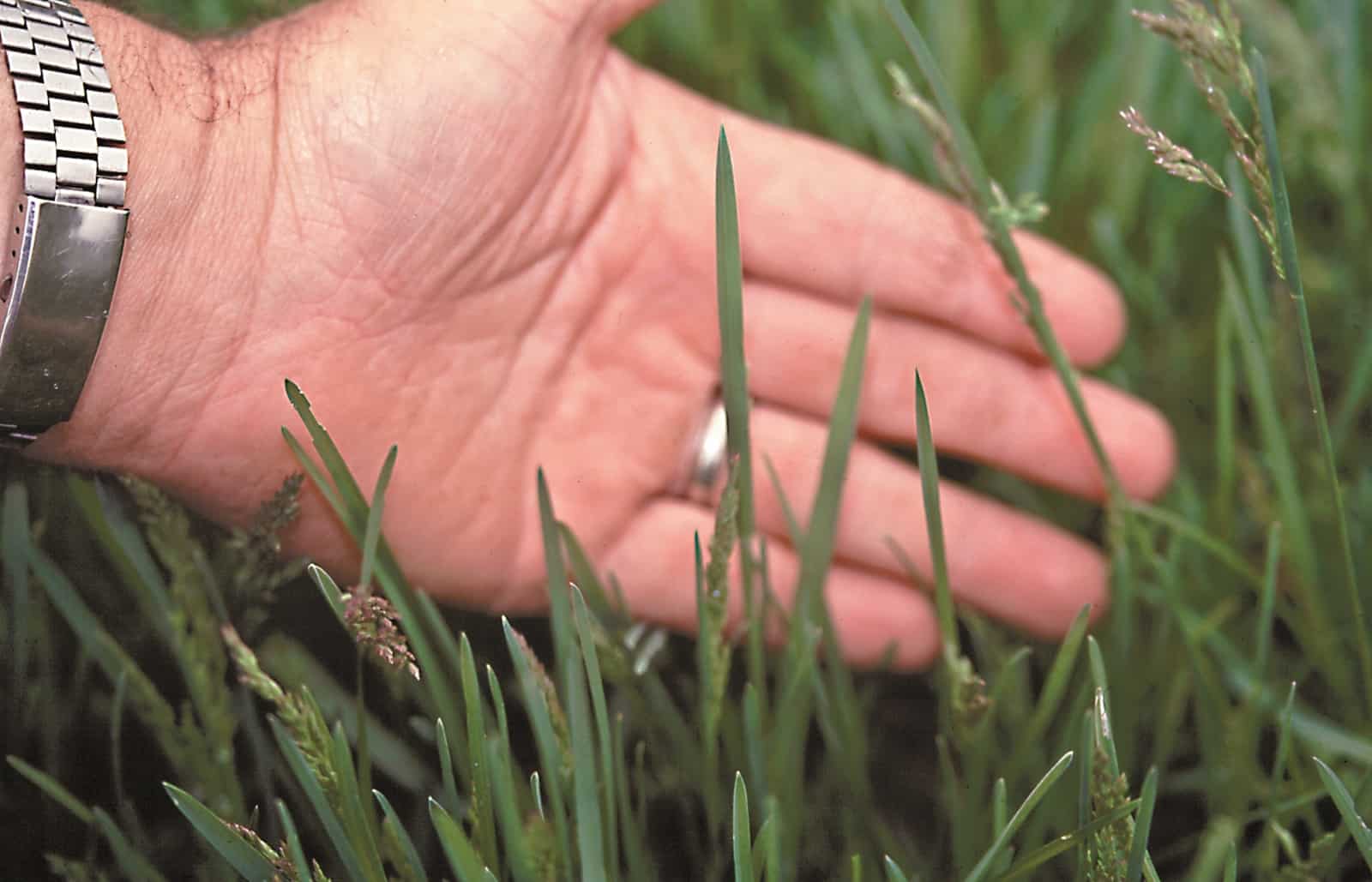

0 thoughts on “What Do Grass Cells Look Like”